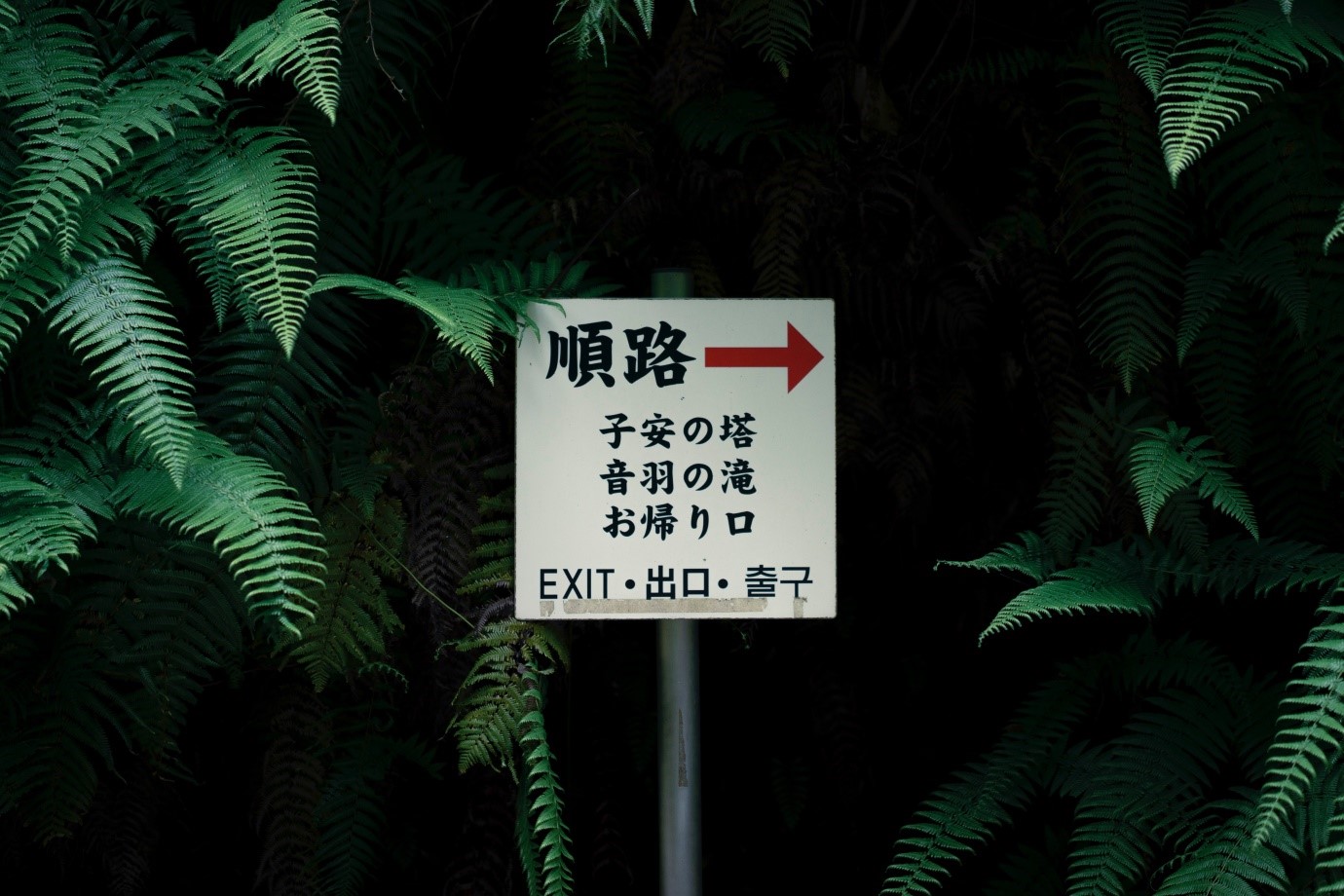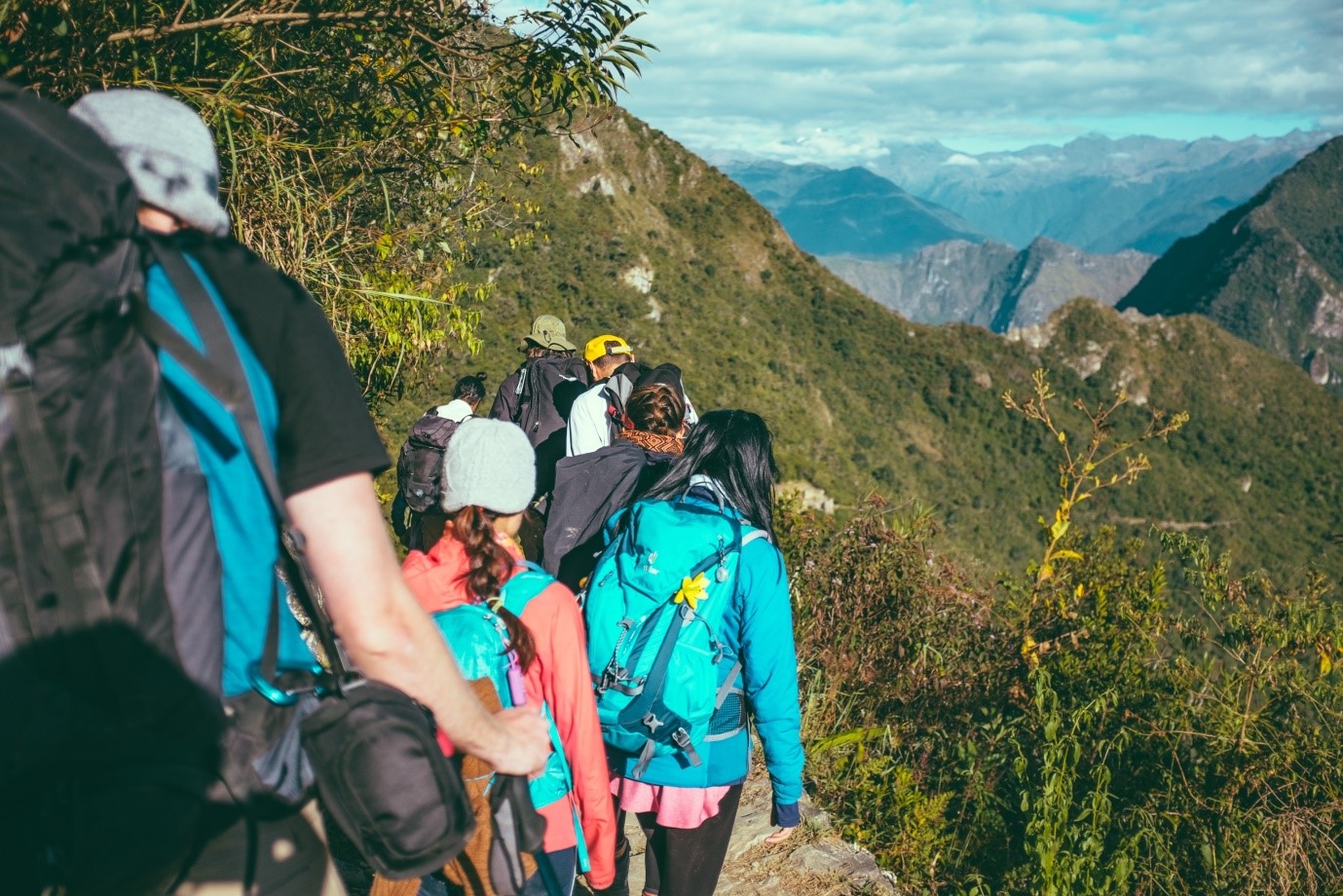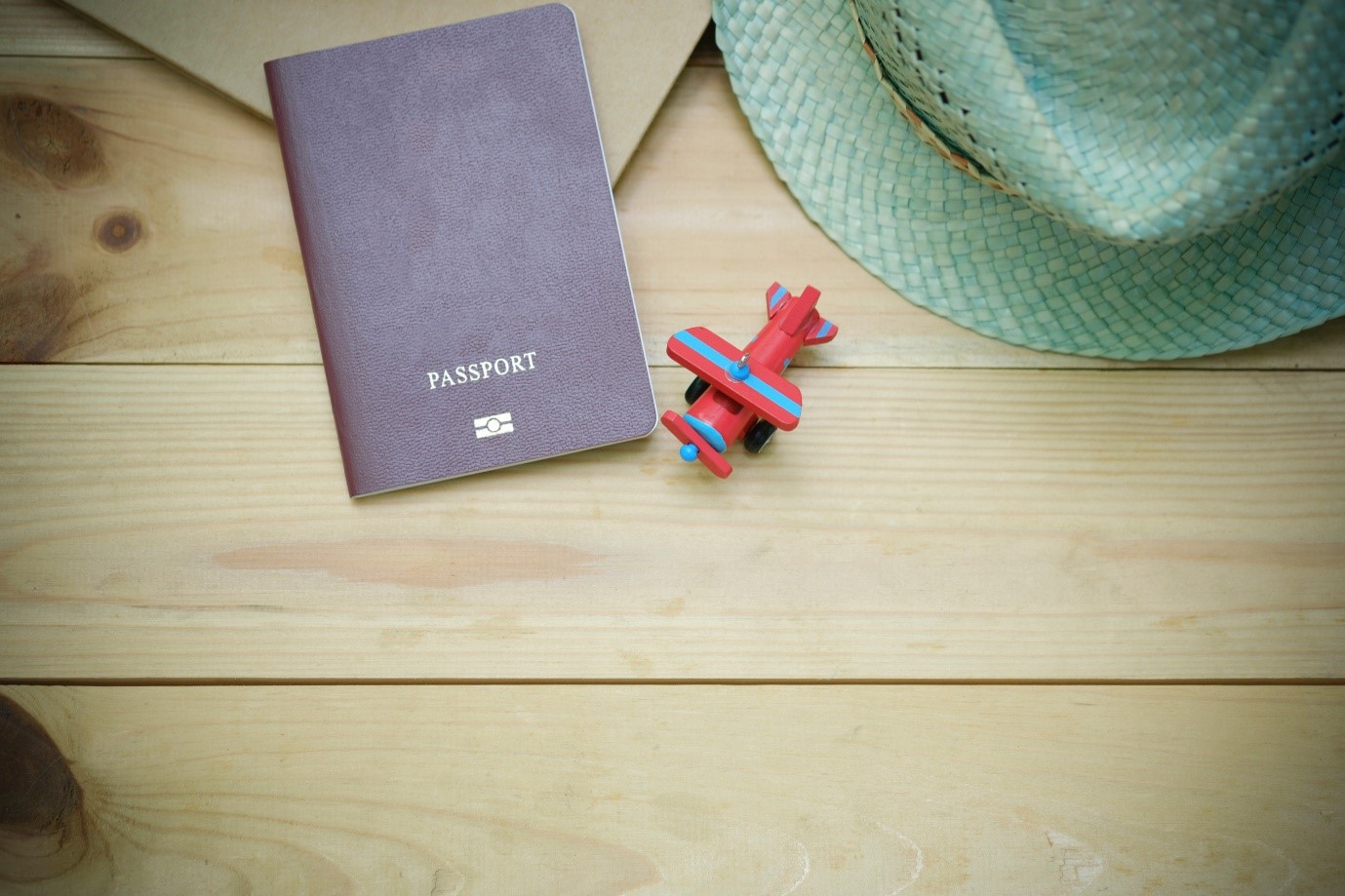9 Ways to Survive Japan Knowing Only English
Whether it’s appreciating Harajuku fashion, exploring the culture and history of Osaka or the thriving music scene in Shibuya, there is plenty to see and do in beautiful Japan. With cheap flights to Tokyo popping up on travel sites often and natural and manmade beauty at every corner, many tourists are embarking on their own Japan adventure.
But what if you don’t know Japanese?
One of the biggest concerns for many travellers is the language barrier. However, it is very rarely an issue. Here, we’ll give you some travel tips to help you make the most of your Japan holiday without needing to master a new language first.
1. Ask a local

You’d really be surprised how many people in Japan know English, whether they speak it fluently or simply know key phrases that will help you when you’re stuck. This is especially the case in more touristy areas such as Tokyo, Osaka and Harajuku. Don’t be afraid to introduce yourself to some locals and ask if they speak English; if they don’t speak English, they may be able to point to someone who does. Who knows, you may even make some lifelong friends while travelling this way.
If you’re a little worried approaching strangers straight away, try finding a police officer, security guard, shop attendants or hotel staff for some help.
2. Look out for translations

If you plan on visiting major cities or popular tourist spots, you’ll find a lot of signage and announcements are done in Japanese as well as English. Places like Tokyo or Harajuku in the Shibuya region keep tourists in mind, with many signs including an English translation.
For example, if you plan on catching trains from Shibuya, signage as well as their English speaking tourist information staff will make this easier for you. Many restaurants will have an English translation available, some will also have photos or even fake food samples in their front windows so you know what you’re ordering.
3. Get the Aibecy Translator

Technology sure has come a long way. Now we can travel with ease and speak to anyone we like with the Aibecy Real-time 2 Way Instant Multi-Language Translator (a mouthful, I know, but a really handy tool to have in your bag). Basically, you hold a button and speak in English, it will then say that phrase in your chosen language for you. Then push and hold another button while your friend responds in their language, the device will then say it in English for you. Easy!
This is perfect for those who want to hold longer conversations than just “how much is it?” or “how do I get to (insert destination)?”, and will help in those more secluded areas where you may not find as many guides or English translations. There are plenty of websites that sell this product, so shop around and make sure you get the best deal. As well as the translator, we’ve covered some more must have accessories for your trip in this article.
4. Google Translate
For those who plan on taking their mobile phone with them on their travels, an app could be a great tool to help you chat with locals, read menus, translate signs and much more. Google Translate is great for this. Not only do you have the option to record yourself and get the Japanese version spoken aloud, you can also download the language (keep phone storage in mind) so that you can use your camera to translate signs, menus and more in real time. If you don’t have the space to download the language, make sure you have access to mobile Wi-Fi.
5. Make sure you have access to mobile Wi-Fi

When you’re in a place you don’t know, the internet really is your best friend. Not only can you look up what a word means and get a quick answer, you can see where you are in relation to attractions and landmarks and organise how you are going to get there. There are some places that will provide free Wi-Fi such as airports or stations, but knowing what other hotspots are around could be a lifesaver.
Getting a travel card that also provides access to free Wi-Fi could be a great decision here as it ticks off your money needs and you know you’ll be able to plan activities on the move.
6. Buy a phrase book

If you want to go off the grid, or have a backup along with mobile Wi-Fi, you can get back to the ol’ paper phrase books. These are great for peace of mind if you’re planning on going to more secluded areas where Wi-Fi may not be available, or if you’re simply a little bit old school and prefer to do your reading on paper. Buy a travel size book that will easily fit in a pocket or small bag and you’re all set.
7. Learn some key phrases
Learning a whole new language before a trip is a big ask, and probably not necessary unless you plan on spending months on end at your destination. However, learning a couple of words might make a huge difference upon arrival. Locals, while they may speak English, would probably appreciate it if you could say things like “hello” or “thank you” in their language.
8. Book guided tours with English speaking guides

To really get to know the history of a place and learn facts you wouldn’t find anywhere else, guided tours are the way to go. You can book guides that are run by English speaking guides and you may make some friends in the group as well – perfect for solo travellers or socialites looking to connect with others.
9. Visit tourist information centres

If you’re looking for helpful information on the best places to visit and exciting things to do, you’re going to want to check out tourist information centres. You’re bound to find interesting sights or activities you haven’t thought of, and most of the time you will have access to English pamphlets or English speaking staff who are happy to help you.
Ready to book?
Now that you feel more at ease, it’s time to book those cheap flights to Tokyo and plan that next adventure. A great way to find a good deal is by using comparison sites like Cheap Flights, Skyscanner or Webjet. Booking two one-way tickets instead of return, or including an extra stopover can also result in some savings – hello extra spending money!
Good luck and happy travels!